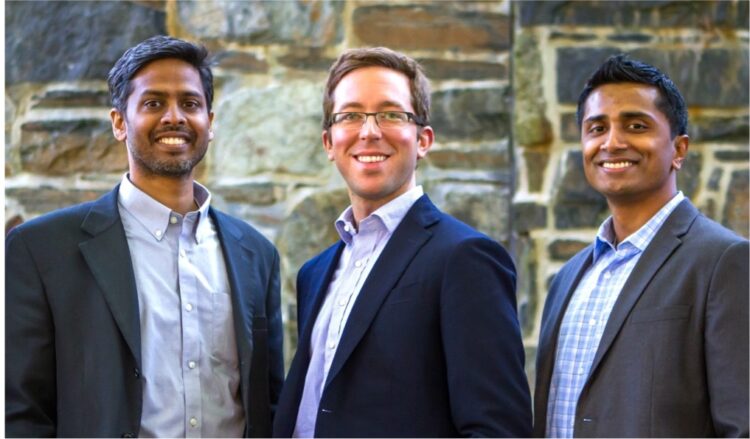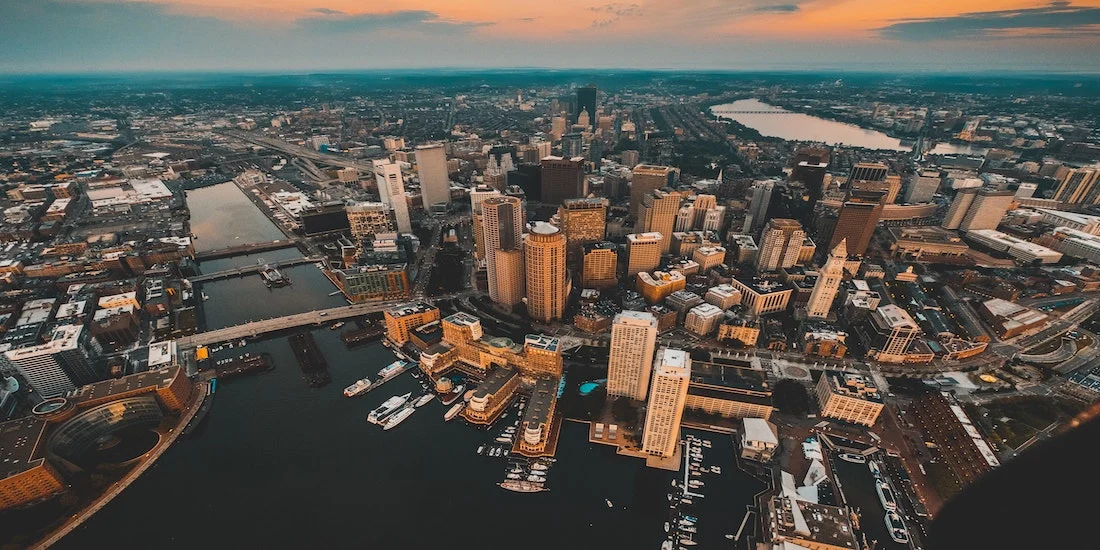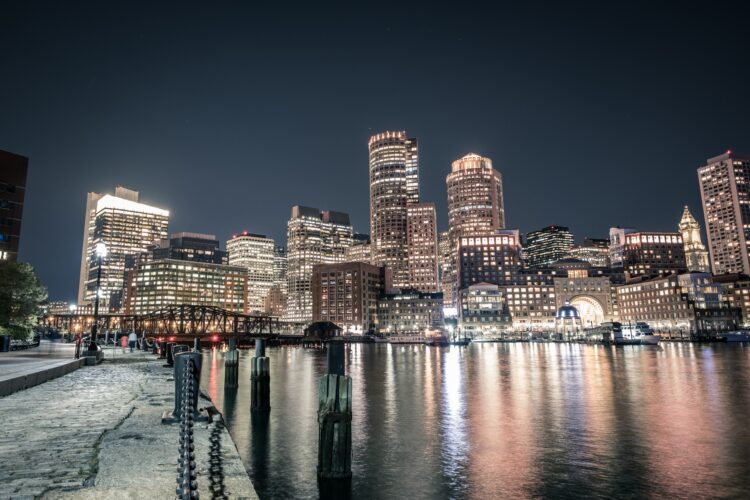There are moments in life that expose a need so great that the call to action is unmistakable and unavoidable.
Consider the following call to action:
“All available boats, this is the United States Coast Guard aboard the pilot boat, New York.
Anyone available to help with the evacuation of lower Manhattan, report to Governors Island.”1
This call was sent out on the morning of September 11, 2001, a plea for anyone with a boat to assist the hundreds of thousands of people stranded on the lower end of New York City as the two towers of the World Trade Center complex collapsed and the island’s bridges and tunnels closed down. At that moment, the purpose of a boat became abundantly clear: meet an important and pressing need of countless strangers who need help.
The call was answered.
Within a half hour, a flotilla of boats of every shape, size, and function descended upon lower Manhattan.
- 50 tug[boats]
- 33 ferries
- 8 sightseeing [boats]
- 11 dinner/cruise boats
and 32 “other” boats came together to help evacuate somewhere between 300,000 and 500,000 desperate people, all with no other option to evade the fatal aftermath of the destruction of the city’s two tallest towers.2
The 9/11 attacks created a problem. The problem exposed a need. The need enticed a call to action. And the action was heroic.
Stories of heroism need to be retold and remembered in society because they place us within a larger narrative that transcends the seemingly mundane circumstances of our lives, infusing our everyday activities with a sense of purpose. It reminds us that the ordinary fisherman, ferryboat operator, and Coast Guard traffic controller are indispensable and important—more important than what they might perceive themselves to be on any given day.
When people’s jobs are placed within a greater narrative they are transformed into vocations, signifying that their job is something they were called to do with a purpose.
A common misconception persists that only a few select jobs and companies exist to serve a purpose. On the contrary, every job and every company has a purpose. This is why the best CEOs inspire the work of every employee in their company by reminding them of the company’s mission and the importance of each individual—administrators, interns, janitors, managers, c-suite executives—in responding to the call to push the mission forward.
The events that took place on September 11th were uniquely acute and detrimental, calling for an equally unique response. In a much less grave sense, however, we experience problems every day that expose real needs. We need
better transportation with fewer accidents,
more abundant and reliable energy with fewer consequences,
novel medical therapies for devastating diseases,
access to clean water made available to more people, and
resilient supply chains to provide essential resources.
These needs entice a call to action. Businesses, through their ingenious ability to organize and operate in ways that sustain themselves through profit and create value for their stakeholders, are powerfully positioned to answer this call to action and address some of society’s most pressing needs. They serve an important purpose.
On the morning of September 11, 2001, Michael Day, a Lieutenant for the United States Coast Guard, helped organize what is now recognized as one of the largest maritime rescue operations in the history of the world. In his article, “Escape from New York: The Great Maritime Rescue of Lower Manhattan on 9/11,” Garrett Graff retells the story of how ordinary people like Day answered the very important call to action that morning:
[I]n reaction to the worst evil mankind can offer, Americans of all stripes that morning came together to help.
“There was a common purpose,” Day said.
“It was very clear what the purpose was—what we were trying to accomplish—we were trying to get people out of there.”3
As the stories of 9/11 are retold and remembered, they should inspire people everywhere in their individual callings to come together—through spontaneous expeditions, philanthropic organizations, and, yes, even through for-profit businesses—to serve the common purpose of meeting important human needs.
A call to action is extended to each of us, turning our jobs into vocations and giving businesses a mission to accomplish.

















